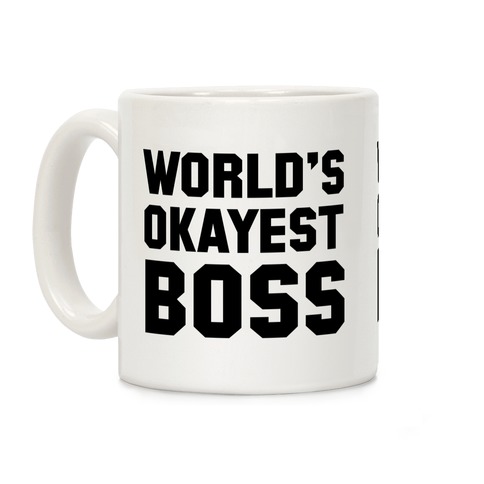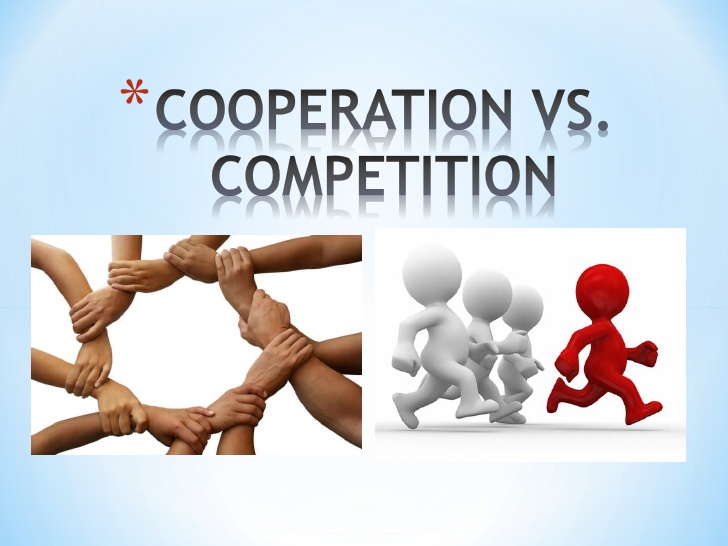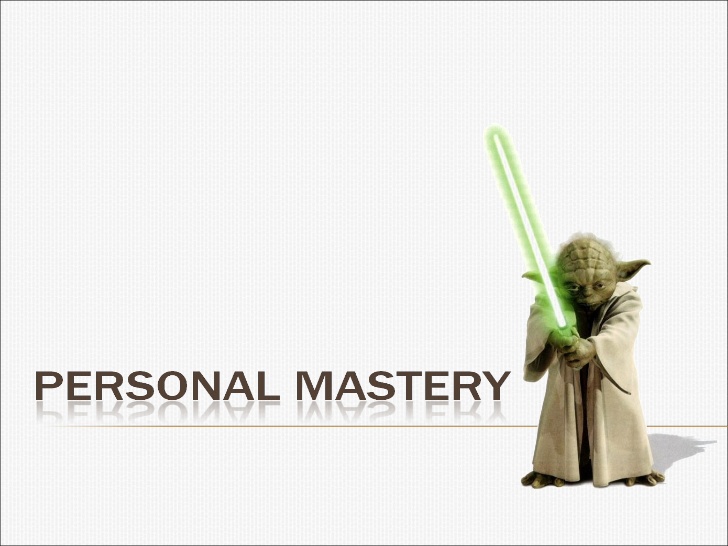In 1986, and at the age of 42, Nolan Archibald became the youngest CEO of a Fortune 500 Company: Black & Decker. While he had a meteoric rise, he was not a shooting star that flamed out. In 2010, Archibald was the second longest-serving CEO of the largest 1,000 companies in the U.S. that were not family controlled.

Hopefully, this makes you wonder what led to his rapid ascension into leadership and his long-term success.
It is rooted in Archibald’s “why” for why he does things.
Before articulating what this means, first reflect upon this question: What was, or would likely be, your approach to finding your first job out of your undergraduate or graduate program? Was it, or would it be, to find a job:
-
That you could be happy with (just having a decent job was/would be enough),
-
With the largest salary and/or the most prestigious firm possible, or
-
That would allow to develop the necessary skills essential for your ultimate long-term position goal?
From my experience, most of the people I know and most of the students that I work with primarily operate with “why’s” associated with #1 or #2.
So, what did Archibald do?
(Feel free to fact check me on this as I am going off my memory of an article I read. I couldn’t find the article after a quick internet search).
From what I remember, shortly after graduating with his MBA degree from Harvard, rather than go with high-paying and prestigious firms like most of his peers, Archibald took a position as a supervisor in a mining company in Northern Canada. Sounds crazy right? But, from what I am told, the primary reason why he took this position is because he had a goal to one day be a CEO of a large organization, and he knew that he would need to develop specific skills in order to succeed in such a position. What he saw in this position in Northern Canada was the opportunity to develop the specific skill of motivating others. He knew that if he could learn how to effectively motivate miners in Northern Canada, he could motivate anyone.
Every career move from there was uniquely selected to help him develop skills that would enable him to become a successful CEO. It paid off!
How many people do you know have done something similar: taken a job with a purpose of developing specific skills that would line them up for success later in life? If you are anything like me, it is not many.
It turns out we can categorize different “why’s” for why we do things, and they are called goal orientations.
Goal Orientations
Researchers who investigate why people do what they do has found that individuals generally develop one of three goal orientation types. This isn’t to say that individuals only operate with one goal orientation, but it is to say that individuals do develop a dominant goal orientation, or reason for why they do what they do, and this dominant goal orientation plays a significant role in how effectively they operate.
The first goal orientation is called performance-avoid. When individuals possess this goal orientation, their “why” is to not fail. They do what they do because they want to avoid negative judgments about their competence. Playing off the choice of job example, when individuals do not necessarily care what job they get, just so long as they get a job that doesn’t cause others to judge them negatively, they are being driven by this performance-avoid goal orientation.

The second goal orientation is called performance-approach. When individuals possess this goal orientation, their “why” is to prove their competence and gain favorable judgments about it. They do what they do because they want to stand apart from others in a positive way. Playing off the choice of job example, when individuals see salary and prestige as being important because they serve as signals of their competence, they are being driven by this performance-approach orientation.
The third goal orientation is called mastery orientation. When individuals possess this goal orientation, their “why” is to develop skills and abilities, advance their learning, and master tasks for the accomplishment of future goals. They do what they do because they value improving oneself. Playing off the choice of job example, when individuals see their jobs as opportunities to develop themselves and advance their learning, they are being driven by this mastery orientation.
Over almost 40 years of research on these goal orientations, researchers have found powerful patterns related to how effective and successful individuals are based upon their goal orientation.

The Relationship between Goal Orientation and Success
What researchers have found is that the more one possesses a performance-avoid goal orientation, the less:
-
They will exert effort and persevere, as doing so puts them at risk for demonstrating incompetence
-
They will seek feedback, seeing feedback as exposing one’s incompetence
-
Likely they are to engage in deep-level learning strategies, meaning they engage in surface-learning strategies that are enough to “get by,” but not enough to truly master the subject/topic/skill
-
Likely they are to benefit from training because they are less likely to try new things, seek feedback, and only learn at a surface-level
-
Effectively they perform in their roles
But, the more individuals possess a mastery orientation, the more:
-
They will exert effort and persevere, as they recognize that mastery requires effort and perseverance
-
They will seek feedback, seeing feedback as opportunities to enhance their competence
-
Likely they are to engage in deep-level learning strategies, meaning they engage their full selves into their learning in order to truly master the subject/topic/skill
-
Likely they are to benefit from training because they are more likely to try new things, seek feedback, and learn at a deep-level
-
Effectively they perform in their roles

For those with performance-approach goal orientations, the research finds that this goal orientation does not have relationships with one’s effectiveness and success. The primary reason why there is no statistically significant relationships with these various outcomes is because sometimes they are successful and sometimes they are not. It is essentially like flipping heads or tails.
Additionally, research has found that those with either of the performance orientations are more likely to compete with their peers, whereas those with a mastery orientation are more likely to cooperate with their peers.
What does this mean for you?
Your goal orientation plays a driving role in your effectiveness and success as a person, parent, employee, leader, etc. Thus, if you do want to be effective and successful, it is important to question your “why.” What goal orientation do you have? If you have anything but a mastery orientation you are surely putting a limit to how effective and successful you can be.
Here are some introspective questions designed to help you more fully assess your “why,” which will hopefully help you develop greater motivation for developing more of a mastery orientation:
-
Do you proactively seek feedback to see how you can improve, or is this something that scares you?
-
Are you continually learning in your role, or do you feel like you have learned enough and enjoy operating in a state of comfort?
-
Are you ok with being ok at your primary role?
-
Do you learn enough to “get by,” or do you seek to master what you are doing?
-
Do you value how you look more than how you perform?
-
Are you consistently striving to outperform and stand apart from your peers, or are you consistently striving to help your peers be as successful as they can be?
Something that I find unfortunate is just how rare it is to find people with strong mastery orientations. There just aren’t very many good examples that we can look up to in this regard. Nolan Archibald is an increasingly rare breed of individuals that we would do well to better emulate.
This article is the eighth article in a series of articles all about helping people and leaders become people of positive influence, people that others want to follow.
-
Article 1: Why Do Organizations Miss the Mark when Developing their Leaders?
-
Article 2: Becoming a More Positive Influence: Rewire Your Brain
-
Article 3: Becoming a More Positive Influence: Develop a Self-Purpose
-
Article 4: Becoming a More Positive Influence: Know How to Build Trust
-
Article 5: Becoming a More Positive Influence: Are You the Villain?
-
Article 6: Becoming a More Positive Influence: Enhance Your Emotional Intelligence
-
Article 7: Becoming a More Positive Influence: Be Intellectually Humble










